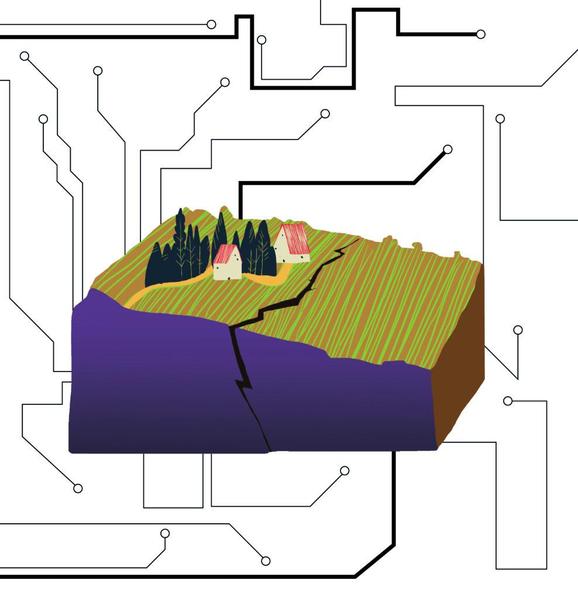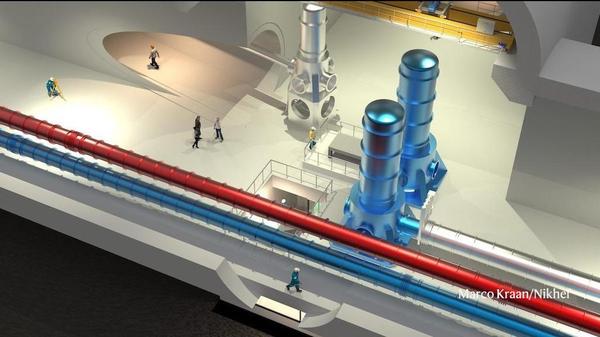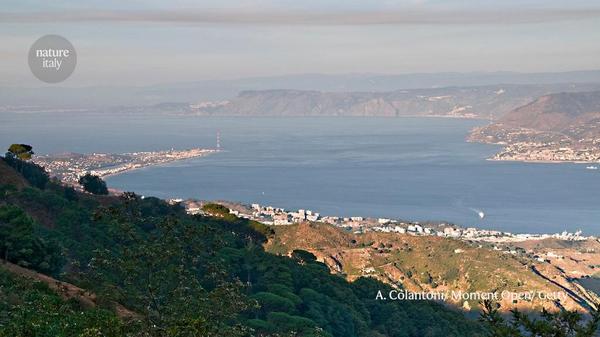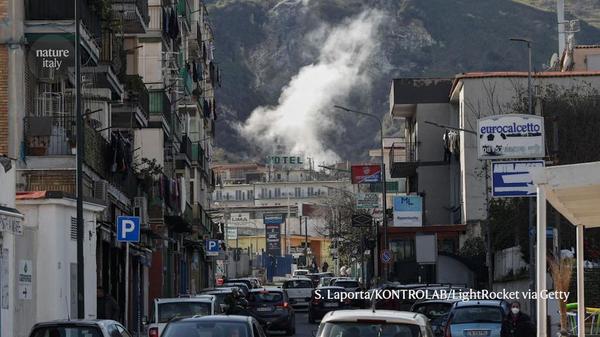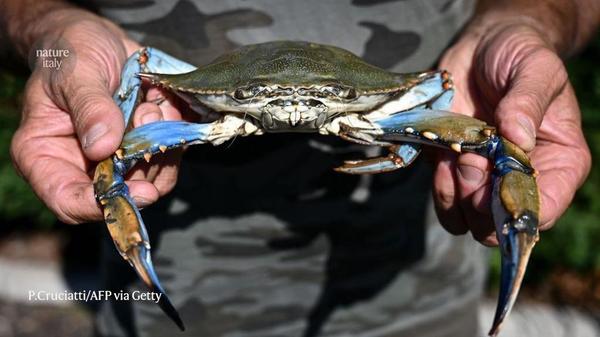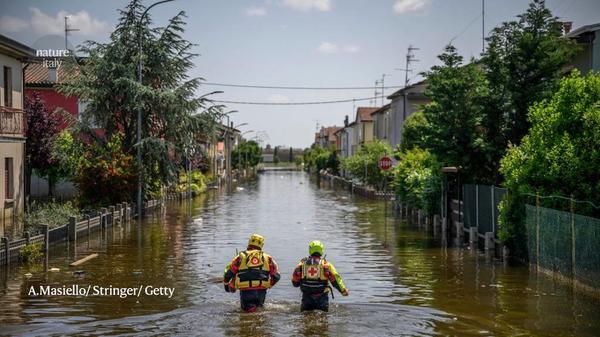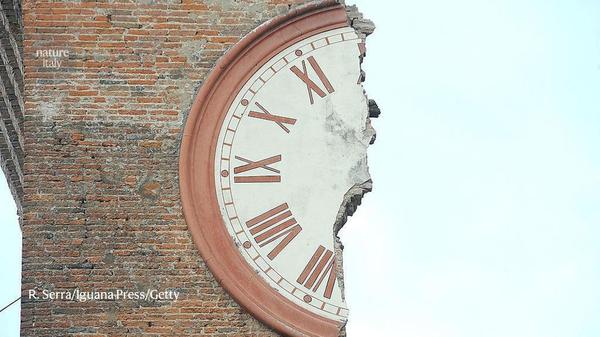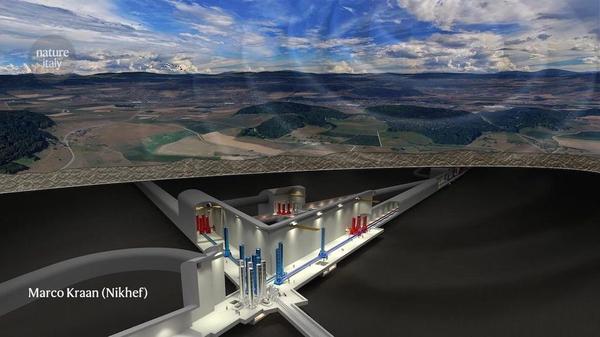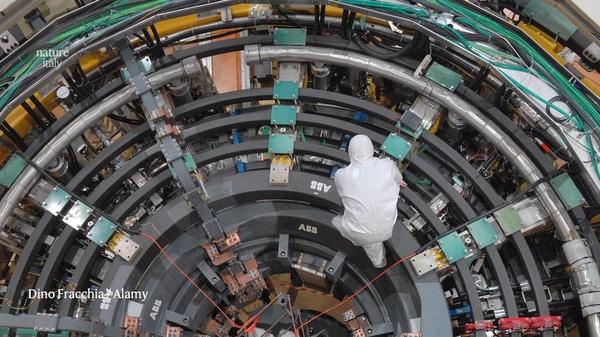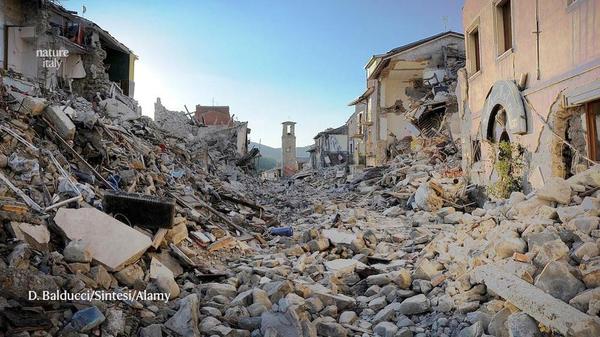Chiara Sabelli/Scienza in rete (CC-BY-SA)
![]()
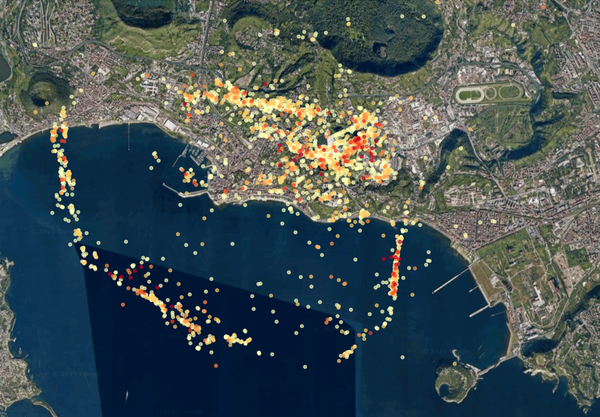
Vederci chiaro ai Campi Flegrei
Un algoritmo di intelligenza artificiale su misura per i Campi Flegrei ha rilevato in tre anni di dati grezzi raccolti dai sismometri circa il quadruplo dei terremoti rilevati dal monitoraggio manuale dell’Osservatorio Vesuviano, migliorandone al contempo la localizzazione. I risultati, pubblicati sulla rivista Science a inizio settembre, potrebbero aiutare sia a scoprire la causa della crisi bradisismica in corso, che a migliorare la gestione del rischio nell’area della caldera.



